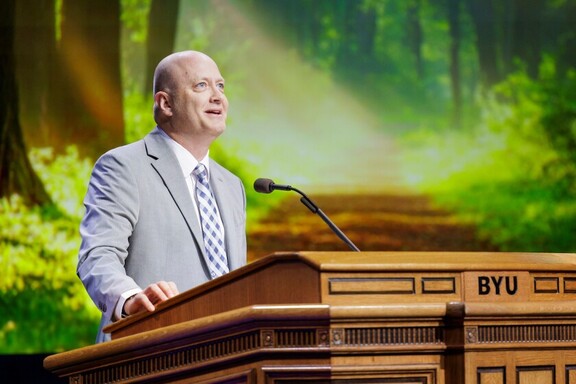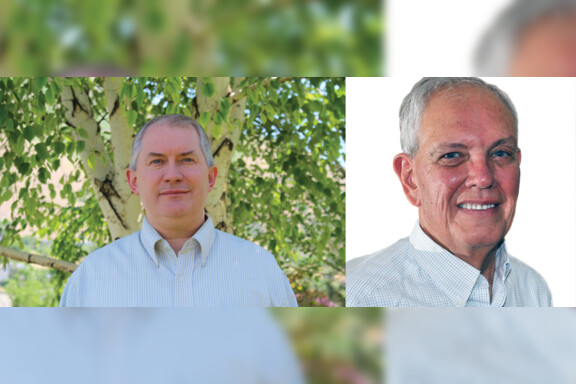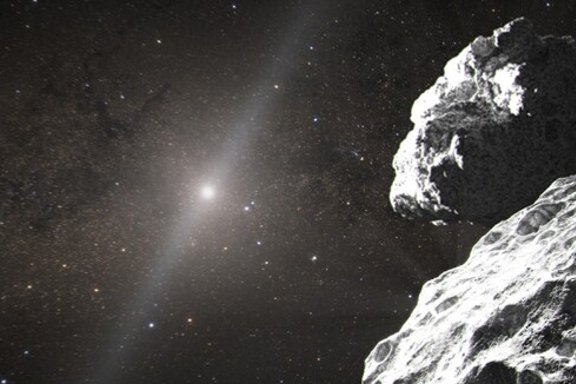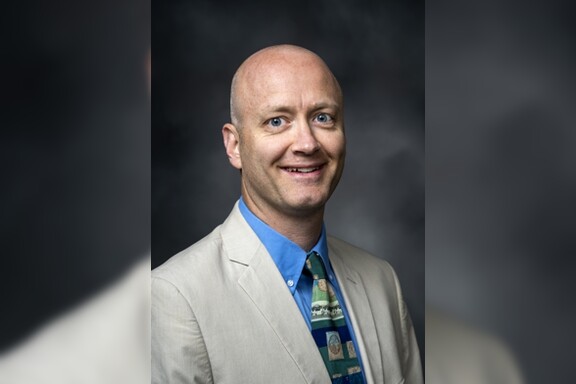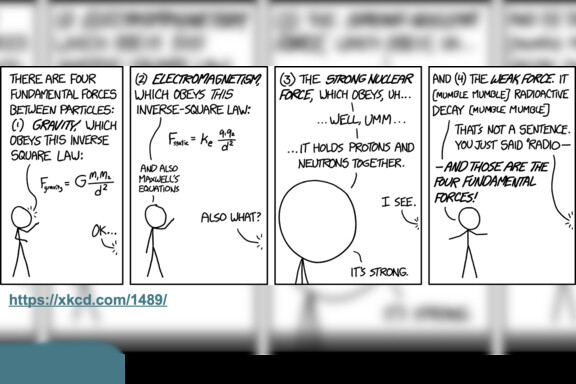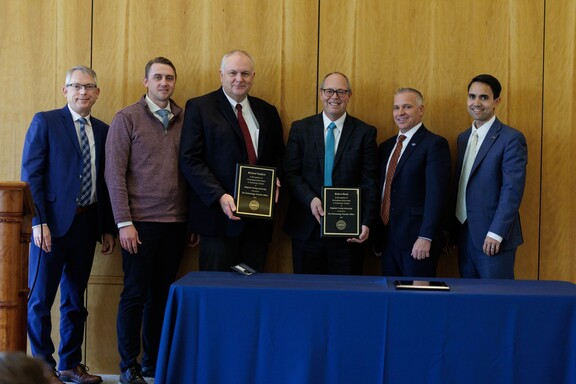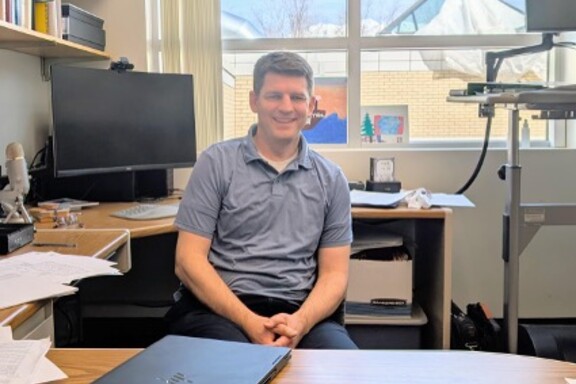Every college professor is part of a professional community. According to BYU physics professor Dr. Justin Peatross, peer reviewing is one way to give back to that community.
Every year, the American Physical Society (APS) selects a handful of exceptional peer reviewers to receive the Outstanding Referee Award. From a pool of roughly 60,000 currently active reviewers for APS journals, Dr. Peatross was one of 146 physicists to receive the award.
Peatross is the first to admit that being a reliable physics referee is no easy task. Receiving this award requires a generous contribution of both time and talent to the task of reviewing other physicists’ research.
“I review something like a dozen papers each year, and I try to do a fairly conscientious job,” Peatross said. “You need to read each paper thoroughly . . . mark it up, ask questions and comment on it, and then send it back.”
The editors of academic journals often solicit college professors for peer reviews. Because of his standing as a trustworthy physics referee, Peatross receives many such requests each year. While this volume of work is not required or even expected of college professors, Peatross does not often reject a request to serve a fellow researcher.
“Maybe other professors turn down a request to be a referee, but I don’t often do that,” Peatross said. “You are expected to be a good citizen, not only in your department but in the professional community. This is part of it.”
Peer reviewers often do not receive much recognition for their diligent work. However, Dr. Peatross sees this part of his job as a give-and-take relationship. While he dutifully reviews several papers each year, he also produces several papers that need to be reviewed. Peatross believes that as he responds to editors’ requests, he will in turn receive quality reviews for his own research papers.
“I send out two or three papers a year, each of them requiring two or three reviews,” Peatross said. “You hope when you send your articles to be published . . . that the editors will treat you well, and that people will be conscientious about your review.”
More Information on This Article
News and Events

